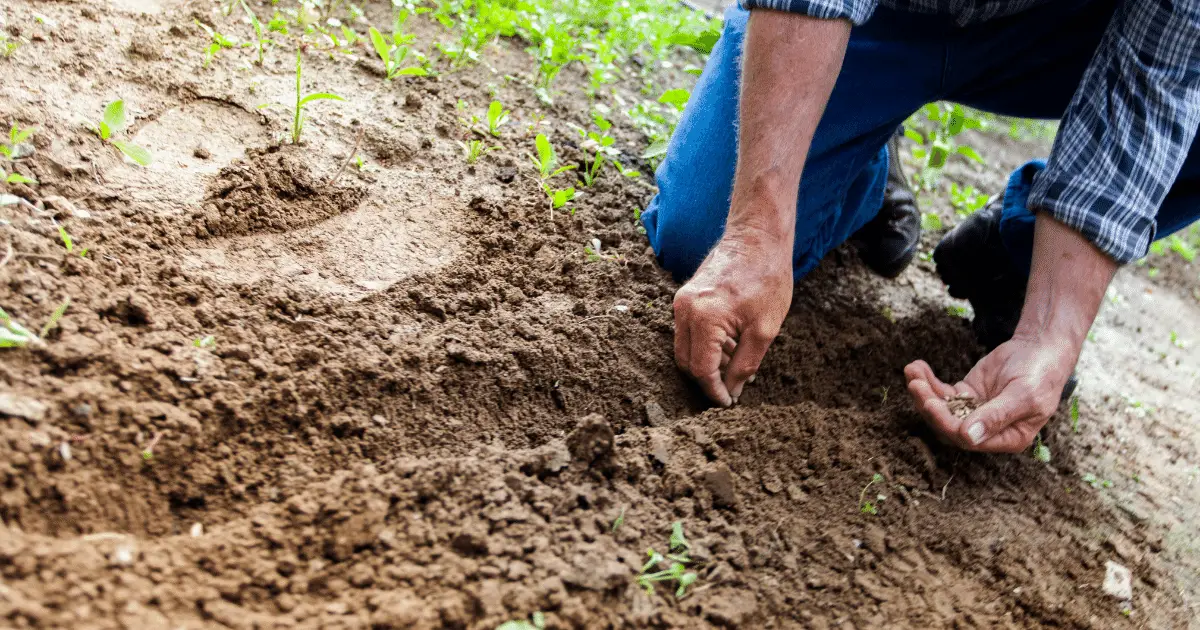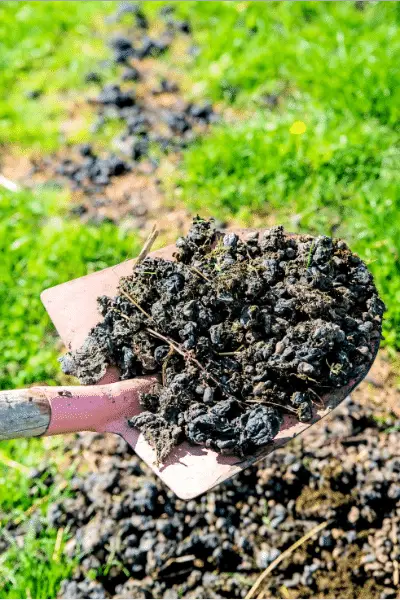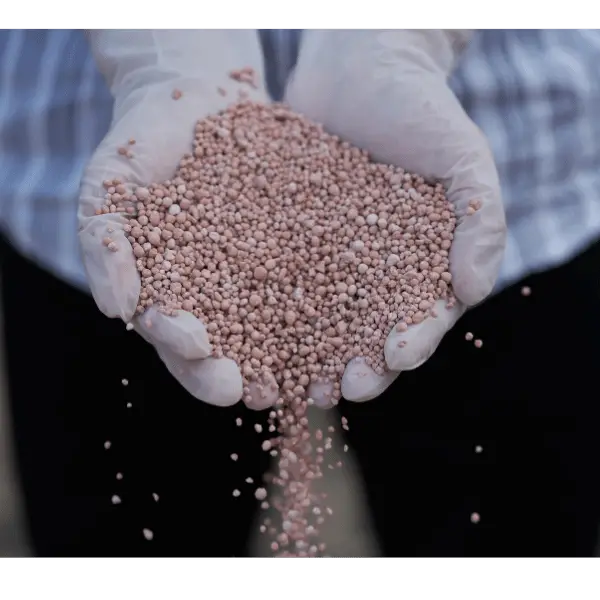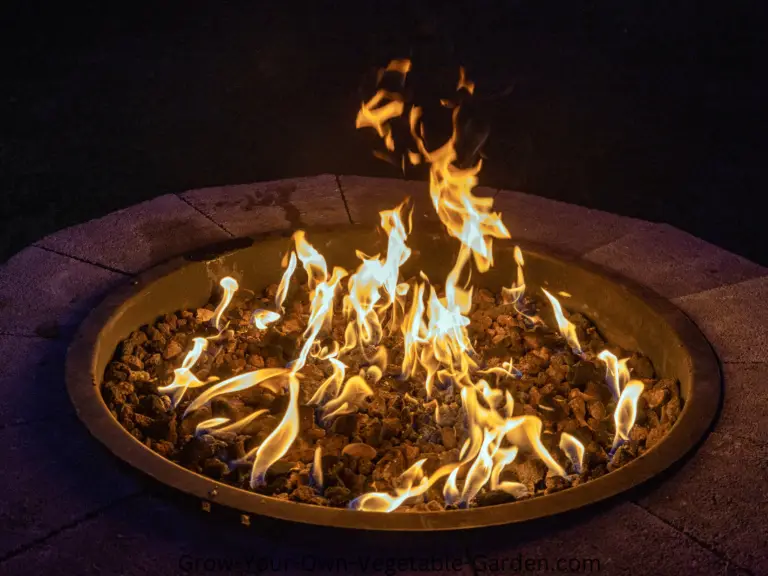
Garden Soil - How To Prepare Soil For Planting Vegetables
How To Prepare Soil
Preparing your garden soil for planting vegetables or anything else is about ensuring it contains sufficient nutrients, is the correct consistency and suitably draining.
To do this you want to dig in compost, manure, green manure and / or fertilizer prior to planting your crops. Once you’ve got your soil and crops set up then you can add mulch on the top and or / additional fertilizer.
Good Soil Is Fundamental To Success!
It is essential that we get the soil healthy and in order before we begin because although the planting is the exciting and fun part, it’s pretty pointless if the plants are not going to thrive.
You need to take the time to prepare your soil correctly, ensuring a healthy mineral and nutrient content, it is nice and friable and free draining. If you get this step right then you have laid down the foundation blocks of of producing amazing crops.
Soil Types
There are basically three types of soil that you’re going to have to deal with and they are;
Sand – we want to avoid sand for vegetable gardens. The nutrient content of sand, for our purposes, is poor at best and often completely lacking. Sand also has the strange ability to be either very free draining and retain no water at all or to become completely water logged.
Sandy Loam – this can often contain good levels of minerals and nutrients as well as allowing water to drain readily, but can readily become water repellent. If you give a little time and effort then it is entirely possible to turn this into an excellent growing medium.
Clay – a lot of people dislike clay soils and it’s not uncommon for people to try and put you off it but as with sandy loam, a little time and effort can easily turn this into an excellent growing soil. Clay is excellent for retaining minerals and also fine soil particles and this in turn means that it retain nutrients really well. The density of clay can makes it heavy and sticky and can cause real issues for plant roots but as stated above, a little work and the correct adjustments will result in a very good growing medium.
Now this doesn’t mean you should rush out and buy a truck full of topsoil. There are a number of additional problems that topsoil can bring to your garden including heavy weed presence and bacterial issues. The odds are that what you already have, with a bit of thought and a few additions, will be far better than what you would be buying.
So…. How To Prepare Soil For Planting Vegetables?
When talking about preparing soil for vegetables we are looking at doing two main things and they are;
1. Adjusting the soil so that it has the right physical qualities.
2. Ensuring the soil contains the correct nutrients.
If you have a nice, friable, dark rich looking garden soil then you’re ready to prepare the beds for planting and can move on to adding any fertilizer that is necessary.
If you have sand or clay then it needs to be properly prepared prior to any planting. Ideally this needs to be done at the beginning of winter, so, by the time we have finished, you’ll have great soil ready for your first planting in spring. But there are ways around this if you can’t wait.
You will need some basic tools to do this effectively so take a look at our list of Must Have Tools.

How To Amend Clay Soil For Vegetable Gardening
The idea when altering clay is to break it up, making it more friable. As already mentioned above, clay is high in minerals and nutrients but it won’t hurt to add some green manure.
Before you go any further though, you now need to add some gypsum.
Gypsum is used as a clay breaker and over time will cause the clay to naturally break down. Once you have your gypsum have a read of the instructions and apply to your soil in the recommended doses before digging it into the soil.
You’re probably going to have to go through this process again in a couple of weeks time, once the soil and gypsum have settled but the progress should be obvious. Once you’re happy that the process has taken effect and the clay is far more friable then the next step I would suggest would be to plant a green manure bed.
Working with Sandy Loam Soils
So the idea here is to adjust your soil to make it as close to ideal as possible but Sandy Loam is generally a good growing medium to begin with so will hopefully need very little adjusting, if any.
Adding Fertilizer
Now that you’ve got the consistency of your soil sorted out it’s time to look at what you need to add in relation to nutrients.
Now because different vegetable plants have different fertilising needs and tolerances the best idea is to have a look at our fertilizer page AND relevant plants page to determine what, if anything needs to be done.
You’re probably going to want to add some compost to any soil you have just to add that little bit more organic matter and ensure you have the beneficial bacteria working away on your behalf.

As you have no crops in the ground yet, it is very easy for you to spread powdered or granulated fertilizer across your soil and dig it through. This is where we often use Down To Earth Fertilizers which you can read more about HERE.
And that is basically it. You should now have soil that is the correct consistency and contains the appropriate nutrients for your planned crop so all that remains is to move onto the fun part and get planting.
To maintain the soils nutrient levels once you have your seeds and crops planted, we recommend using Homemade Organic Liquid Fertilizer.



